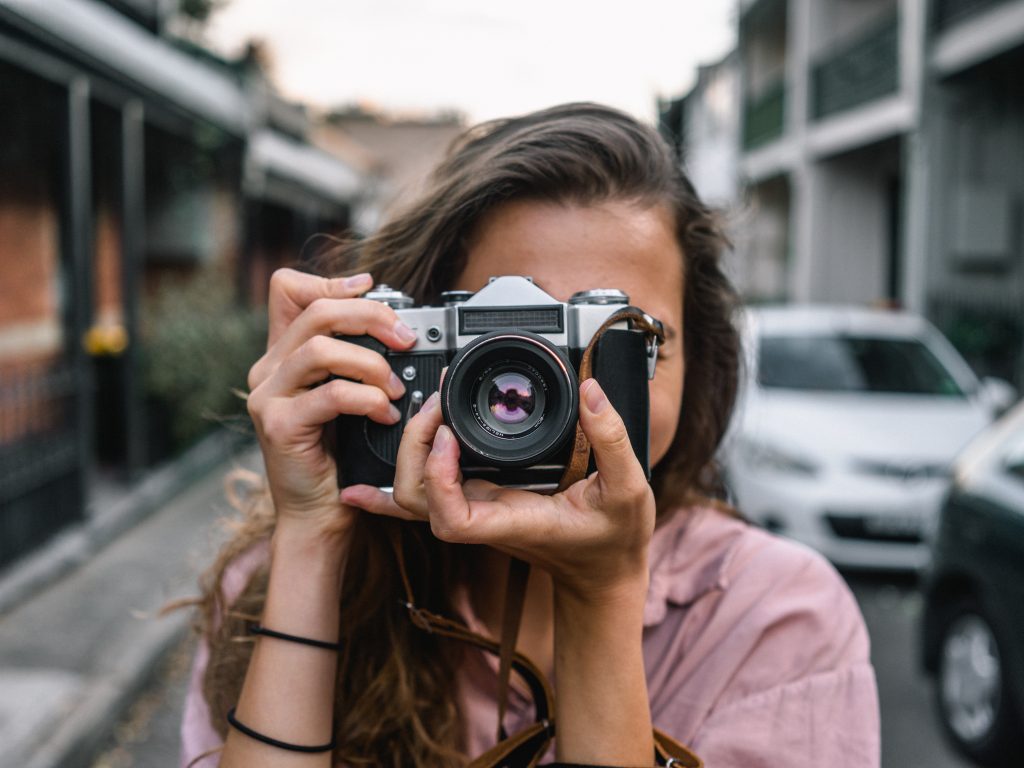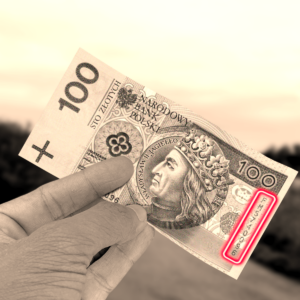Top 5 Digital Photography Tips- Take Your Photography To Next Level

Even the most experienced digital photographer might not understand the many ins and outs that go into taking photos. There are many secrets surrounding digital photography that you might not know about, but they’re all easy to utilize.
1. Take advantage of the rule of thirds
The rule of thirds is a fundamental aspect of photography that identifies what spots you should place the most focus on. You have to look at where in your photo your items are going to appear.
The rule of thirds states that a subject for your photos should appear in one of nine quadrants. You would have to divide your screen up into a 3×3 grid similar to a tic-tac-toe board. The grid will include many spaces that your subject material can appear on.

In some cases, the object can appear in the middle of one of the nine boxes. In other cases, the object may be on one of the four points in the middle that intersect with one another. You’ll need to look at how well the items in your photo are arranged. The best shots may entail your subject matter being in the middle part of the photo, although you’d have to look at how well the subject is distinguishable versus everything else in the frame.
2. Check the focal length of your lens and adjust the shutter speed accordingly

The focal length should refer to the size of the lens. You would take 1 and divide it by the size of the lens in its number of millimeters. The total you produce should be reflective to the minimum shutter speed you’re going to use in seconds. For instance, a 50mm lens should have a 1/50 th of a second shutter speed at the least. The shutter speed determines how well you can shoot things that might shake or otherwise be hard to focus on.
Of course, this measurement would not be necessary if you had a tripod or another steady form of support on hand to keep your shots stable. But you should still notice how the focal length works.
3. Look at the depth of your photos
The depth in a photo refers to the detail in many layers. The depth should be measured based on the subject matter of your shot versus the background you are working with.
Review the size of the aperture when figuring out how the depth of your photos will work. Keep a small aperture if you’re going to take in a slower shutter speed. The aperture should be measured based on the angle as well. An f/16 or smaller aperture is useful if you want to keep both the foreground and background looking sharp for your shots.
4. Keep your backgrounds looking simple

As attractive as a detailed landscape can be, a simple background may be good enough. Simplicity ensures seeing that the background looks distinct and that people know the things that appear here. Look at how well the background appears and that the space has a clean look to where people can identify the things that appear here.
5. Avoid using flash indoors
You have the option to use flash in many situations, but you are better off with using flash outdoors. Using flash while indoors could be too risky. You might produce unnecessary reflections on what you are shooting. The subjects may be harder to distinguish, not to mention the people around you might be annoyed by the bright light.
You can still get good indoor shots off even if you are in a dark setting. You would have to use a higher ISO total at this point. Around 800 or 1600 should be good enough. You might need to get a new lens that supports a higher total. Also, you should use a wide aperture plus a tripod or image stabilizing lens to avoid image blur.







